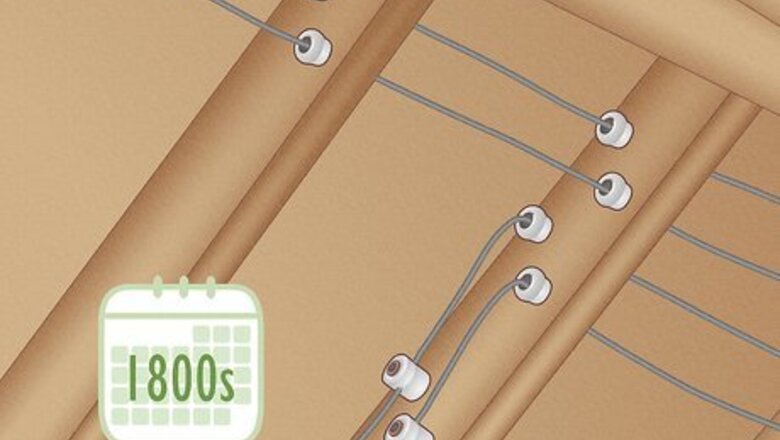
views
- Knob & tube wiring is an outdated electrical system made of insulated copper wires strung through porcelain knobs and tubes.
- Knob & tube systems aren’t dangerous unless they’ve been damaged, poorly modified, or had insulation put around them.
- If your wiring is damaged in any way, get it replaced by a professional electrician.
What is knob and tube wiring?
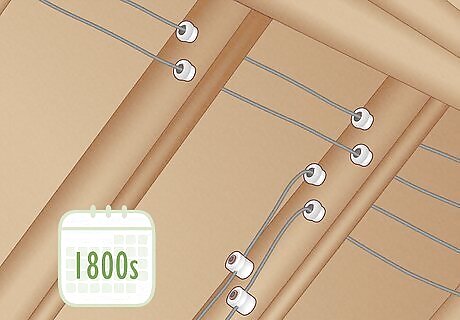
Knob & tube wiring is an electrical system from the 1800s. Knob & tube (k&t) wiring was one of the first electrical systems—used roughly between 1880 and 1950. If your house was built before 1950, there’s a good chance you have k&t wiring.
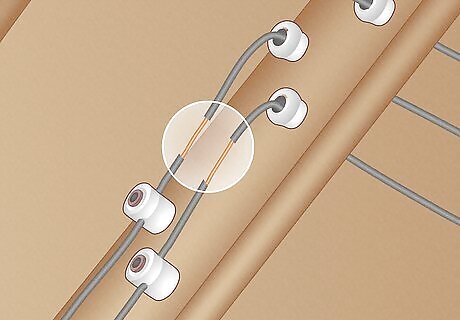
K&t wiring is made up of porcelain insulators and copper wires. Unlike modern electrical systems, each wire in k&t is insulated alone in asphalt soaked cotton. The wires are hung through the frame and ceilings of a house and are kept off of the wood by porcelain knobs and tubes. The knobs keep the wire 1 inch (2.5 cm) from the wood and allow heat to dissipate into the air. The tubes are stuck in the actual frame of the house to allow wires to pass through them without touching the wood.

K&t wiring is an ungrounded system. Open wiring is made up of two wires, hot and neutral. The hot wire carries electrical current to the outlets of a house, and the neutral wire takes the excess energy back to the breaker. A ground wire, which modern systems have, allows large amounts of excess energy to flow into the ground, like during power surges. Because there is no ground wire, outlets in k&t systems can only fit two pronged cords.
When is knob & tube wiring unsafe?
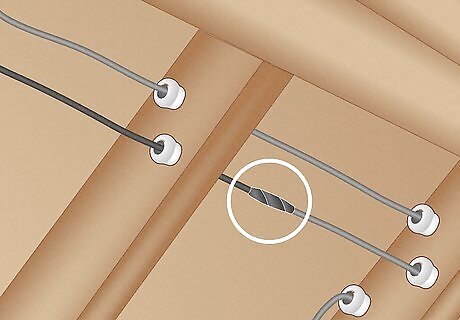
When it’s been spliced with a new system. K&t wiring just wasn’t made for the electrical demands of today—it has an amperage of about 60, while today’s systems are rated at 100-200. Over the years, DIYers and handymen alike have spliced new wiring systems in with k&t to boost power, making it unsafe for use. Follow newer, rubber coated wires back to junction boxes (where many wires meet) to see if there are older, fabric insulated wires coming out. Oftentimes, an “updated” wiring system will be mostly powered by the original open system.
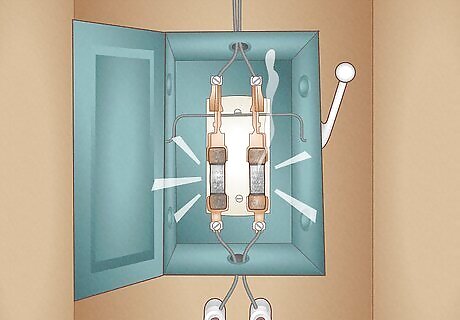
When the incorrect fuses are installed. As electrical demands got higher, k&t systems started blowing fuses more and more often. To keep the lights on consistently, people started using fuses rated incorrectly for the system, causing the wires to overheat and take damage. Replace fuses based on the gauge of the wire in the system. For knob and tube, use 15 or 20 amp type fuses.
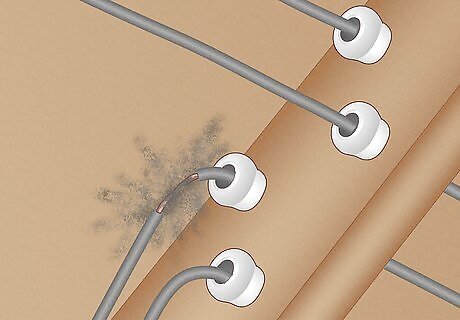
When the wires are bent. Each copper wire is covered with asphalt soaked cotton—a good insulator, but easy to break. When the wire bends, the insulation often cracks and flakes off. If the uncovered wires come in contact with wood, they can start a fire.
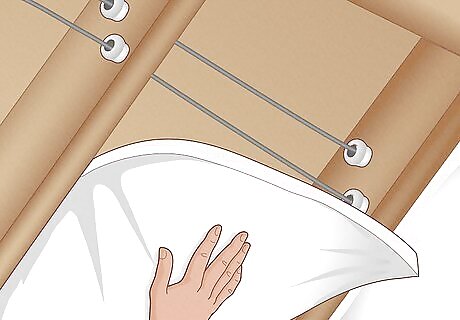
When insulation is put around the system. One of the functions of the knobs is to keep the wires away from the wood so they can be cooled by the air. When k&t wiring is put under insulation, the heat has nowhere to go and it becomes a fire hazard.
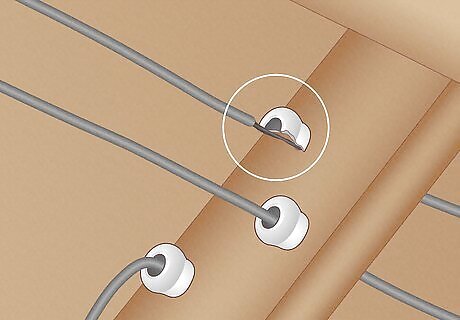
When the system is damaged. After decades of sitting out in the open, the wires, tubes, and knobs can all get damaged from regular wear and tear. If your house has been renovated or you have mice (who might be running across those wires) you can end up with sagging connections and cracked porcelain.
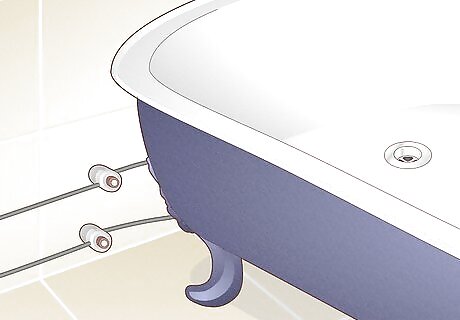
When it’s close to water. Open electrical systems and running water do NOT mix well. If you have k&t wiring in a bathroom, kitchen, laundry room, or outside, get it out of there quick to prevent a nasty shock (or fire).
What to Do When You Have Knob & Tube Wiring

Run less than 60 amps on the system. If you know you have knob & tube wiring, keep in mind that the system is only meant to power a few, low energy appliances. Using space heaters, electric kettles, and hair dryers (especially all at once) can overload the system. Check the tags of your appliances for their amperage, or look them up in an electricity safety guide.

Get it inspected by a professional. Knob & tube wiring doesn’t always need to be replaced, but only if it’s in good condition. To find out exactly what’s up with yours, call an electrician to check it out. Sometimes when a house gets rewired, the old system gets left behind. Even if you see another system in your house, call an electrician to check if the k&t wiring is still active.
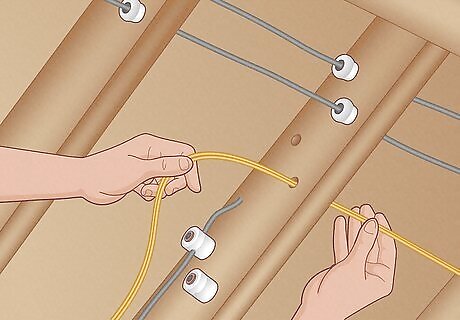
Replace any parts that are damaged. If you have fraying insulation, bent wires, or cracked porcelain in an area, get it replaced with an updated system. You can also replace your two pronged outlets without changing everything—just run outlets on a new, grounded system, and leave the lights on k&t. Even if there’s no damage, a modern home is best served by a modern electrical system. The average cost of a replacement is $24,300. If your wiring is up to snuff you don’t have to replace all of it, but still update the k&t systems in any room with access to running water, like kitchens, bathrooms, and laundry rooms.




















Comments
0 comment